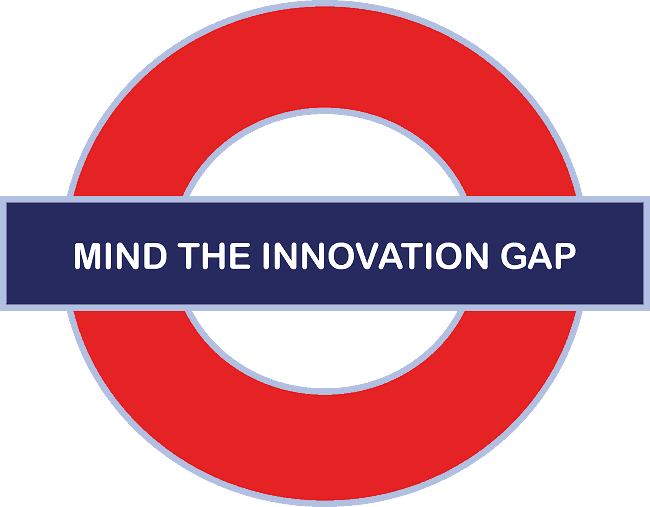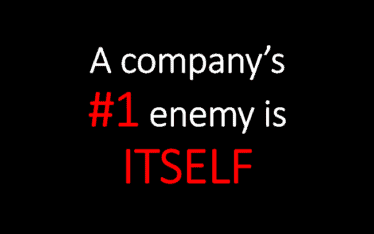Creativity has become the currency of success
As most of the tangible advantages of the past have become commodities, creativity has become the currency of success.
A study of 1,500 CEOs indicated that leaders rank creativity as number one leadership attribute needed for prosperity:
Creativity is the most important leadership quality, according to CEOs. Standouts practice and encourage experimentation and innovation throughout their organisations.
Facing a world becoming dramatically more complex, it is interesting that CEOs selected creativity as the most important leadership attribute. Creative leaders invite disruptive innovation, encourage others to drop outdated approaches and take balanced risks. They are open-minded and inventive in expanding their management and communication styles, particularly to engage with a new generation of employees, partners and customers.
Mind the innovation gap
Unfortunately, many companies fail to unleash their most valuable resources: human creativity, imagination, and original thinking. They lack a systematic approach to building a culture of innovation, and then wonder why they keep getting beaten to the punch.
The hidden barriers to innovation – Key obstacles to innovation
Obstacles that will need to be addressed if you expect to establish a sustainable culture of innovation:
- Lack of a shared vision, purpose and/or strategy
- Short-term thinking/focus
- Lack of time, resources or staff
- Lack of “spec time” to develop new ideas and opportunities
- Innovation not articulated as a company-wide commitment
- Lack of ownership by senior leaders
- Leadership expects payoff sooner than is realistic
- Lack of a systematic innovation process
- Management incentives are not structured to reward innovation
- No reward and recognition programs
- Constantly shifting priorities
- Belief that innovation is inherently risky
- Internal process focus rather than external customer focus
- Inadequate understanding of customers
- Focus on successes of the past rather than the challenges of the future
- Unwillingness to change in the absence of a burning platform
- Unwillingness to acknowledge and learn from past “failures”
- Politics – efforts to sustain the status quo to support entrenched interests
- Rewarding crisis management rather than crisis prevention
- Hierarchy – over-management and review of new ideas
- Micromanagement
- Under-funding of new ideas in the name of sustaining current efforts
- Fear that criticizing current practices and commitments is a high-risk activity
- Risk aversion
- Addiction to left-brained, analytical thinking
- Absence of user-friendly idea management processes
- Innovation not part of the performance review process
- Lack of skillful brainstorm facilitation
- No creative thinking training
Short URL & Title:
30 key obstacles to innovation — http://www.torbenrick.eu/t/r/let
Share it:
If you enjoyed this article, please take 5 seconds to share it on your social network. Thanks!









About The Author
Torben Rick
Experienced senior executive, both at a strategic and operational level, with strong track record in developing, driving and managing business improvement, development and change management. International experience from management positions in Denmark, Germany, Switzerland and United Kingdom